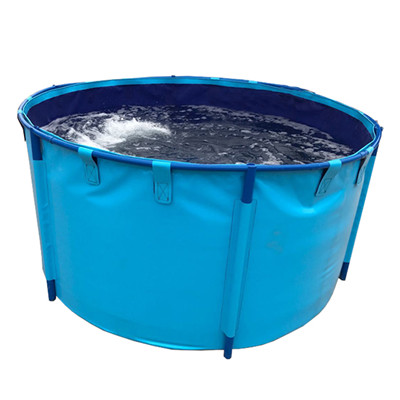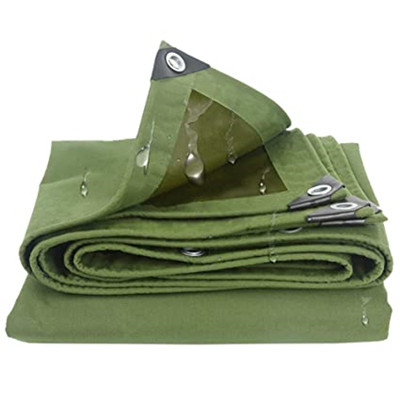PE (polyethylene) tarpaulins are often referred to as “all-weather shields” due to their ability to provide protection against various weather conditions. Here’s how PE tarpaulins can serve as effective all-weather shields:
- Rain and Moisture Protection: PE tarps are waterproof and excellent at keeping rain and moisture at bay. They can be used as rain covers for equipment, vehicles, or outdoor storage to prevent water damage.
- UV Protection: Many PE tarps are treated to resist ultraviolet (UV) rays from the sun. This UV resistance ensures that the tarp won’t degrade or become brittle when exposed to prolonged sunlight, making it suitable for all-weather use.
- Wind and Storm Resistance: PE tarpaulins are generally strong and tear-resistant, which helps them withstand strong winds and storms. They can be used to create windbreaks or as temporary shelter during inclement weather.
- Temperature Tolerance: PE tarps can endure a wide range of temperatures, from extreme cold to heat. They won’t crack or become brittle in cold weather, and their UV resistance helps them tolerate high temperatures.
- Protection Against Snow and Ice: PE tarps can be used as snow covers to protect outdoor items from snow and ice accumulation. They can also serve as temporary shelters during snowstorms.
- Mold and Mildew Resistance: PE tarpaulins are typically resistant to mold and mildew growth, which is crucial for preventing damage in damp and humid conditions.
- Versatile Usage: Their versatility allows them to be used in various settings, such as construction sites, agriculture, camping, and outdoor events, where protection against changing weather conditions is essential.
- Quick and Easy Deployment: PE tarps are lightweight and easy to handle, making them convenient for rapid deployment when sudden weather changes occur.
- Affordability: PE tarps are cost-effective compared to some other weather-resistant materials, making them an accessible option for many outdoor protection needs.
Overall, PE tarpaulins are considered reliable all-weather shields for a wide range of applications. However, it’s important to select the right size, thickness, and UV-treated variant based on your specific requirements and the severity of the weather conditions in your area. Proper installation and secure anchoring are also essential to ensure the tarp remains effective in adverse weather.


















